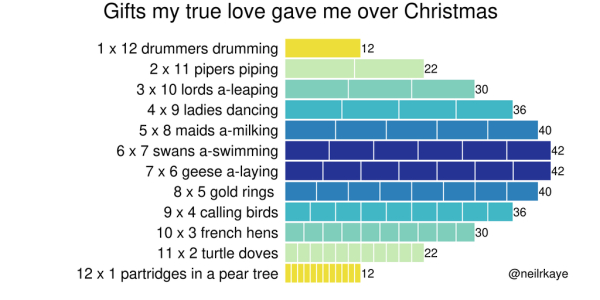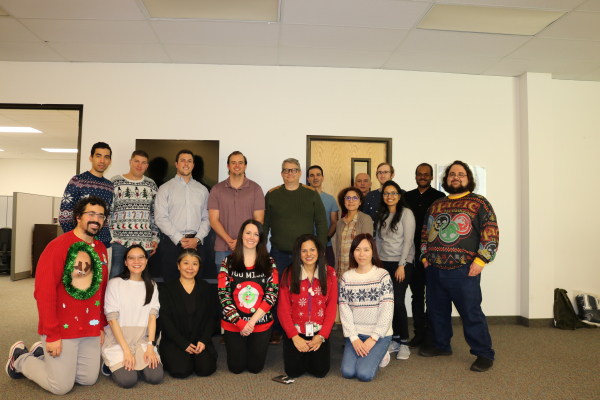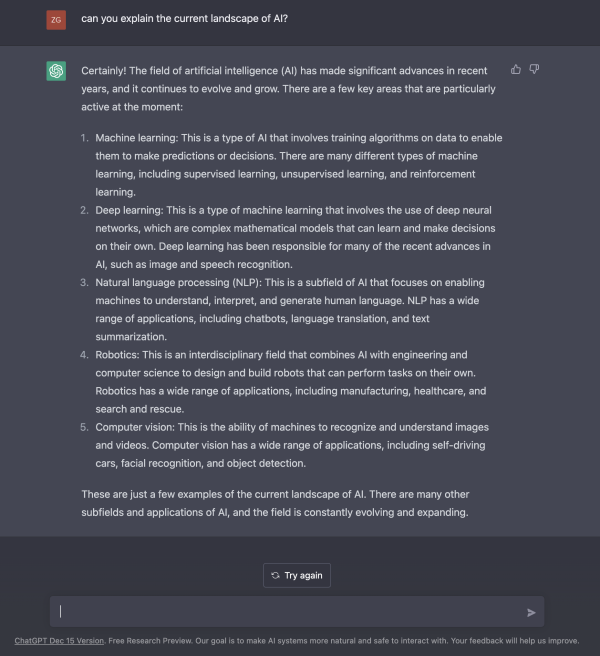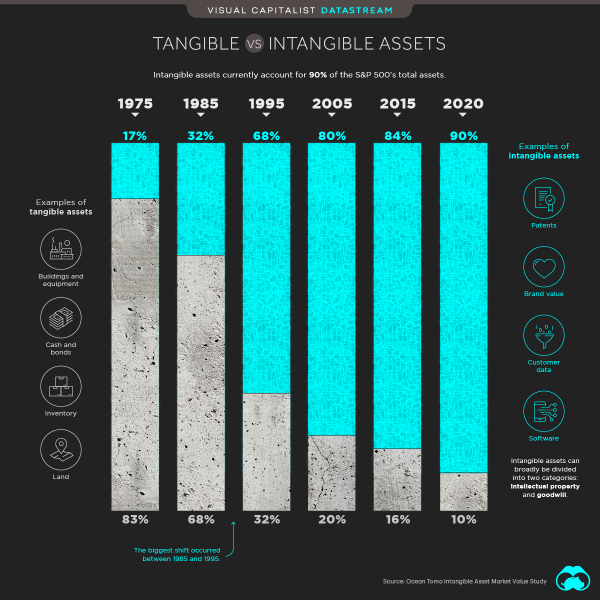Last week, I shared an article about creating your annual plan (and how Capitalogix does it). This week, I want to talk more high-level about how we create a bigger future for ourselves, and next week I’ll talk about how I translate that bigger future into resolutions and actions.
The beginning of a new year is an excellent time for a fresh start. While it’s always the right time to take the right action, the structure of a year-end is a helpful crutch and force function.
We look forward to what we will achieve – even though history says we rarely achieve everything we hope for. Meanwhile, paradoxically, it is also true that we rarely achieve things we don’t hope for. So, Hope! It may not be a reliable strategy … but it beats the alternative.
I’m excited about 2023. Despite the abnormal market, the crazy headlines, and the still volatile political climate, we’re moving toward increased stability.
Even though I expect some volatility, we have become more accustomed to handling it (and we’ve become better at transforming its strategic byproducts into strategic benefits).
On a different topic, think about how much progress we’ve made and how different the “new normal” has become. For example, think about Zoom and remote work or how quickly our economy migrated online. On many levels, what we are doing now seemed like science fiction, even just a few years ago.
We are living in an age of exponential technologies and exponential possibilities.
I commissioned this image from GapingVoid, to remind our team to keep shooting higher.
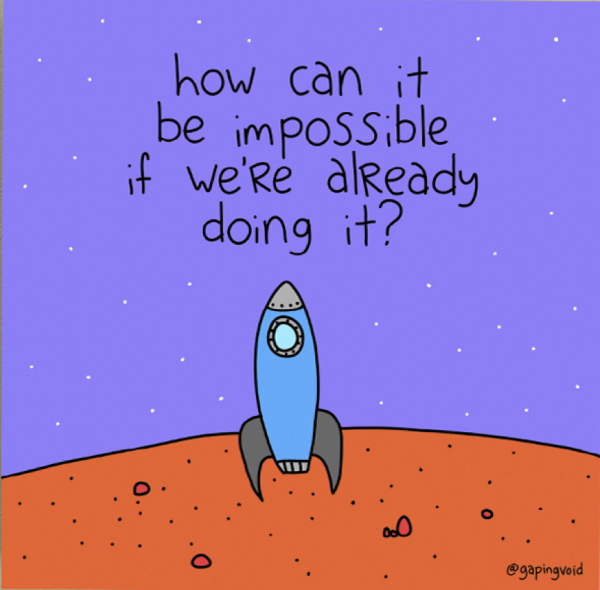
Resilience, resourcefulness, and a worthy goal are the foundational keys to many entrepreneurial success stories.
In the spirit of New Year’s Resolutions – I’ll add that a deliberate approach to goals is important too.
I’m a big fan of picking a Big Hairy Audacious Goal (sometimes called a “BHAG”) and taking actions that move you in that direction.
I’m also a big fan of Strategic Coach’s Bigger Future exercise. It is a 25-year planning exercise where you lay out your commitments and goals to yourself, your family, your career, and your legacy. One of the keys to this is chunking high enough to name the roles, goals, and strategies you select with timeless language (meaning that the target words hold up even as you pivot and adjust your focus and actions).
While doing this, I realized that my ideal next chunk of years involves taking Capitalogix to the next level (and beyond) through collaboration, cooperation, and joint ventures.
Once you know your long-term goal, it is relatively easy to plan the steps you need to achieve it. Achieving smaller goals reinforces successes, builds momentum, and makes continued progress feel more likely.
Extra points if you make them SMARTs (Specific, Measurable, Attainable, Realistic, and Time-Bound).
Actions speak louder than words, and your words can distract you.
If your goal is to win first place at a competition, focus on the metrics of a first-place finish instead of the medal. This makes the goal concrete and sets an internal locus of control for your victory. This also means you don’t need to tell others about your goal too soon. Studies show that when you announce your intention to achieve a goal in public, you decrease the likelihood of succeeding.
It’s okay to misstep, and it’s okay to get stuck – but recognize where you are and what you’ve done … and move forward.
Delayed gratification happens when you want something badly, but are not able to get it right away. The result is often anger or frustration.
Meanwhile, the mainstream media broadcasts a seemingly non-stop stream of messages screaming for immediate attention and gratification. The result of that is not good either (for example, it can result in higher rates of obesity, drug abuse, and depression).
Don’t be fooled. Overnight successes are rarely actually overnight successes (for long).
It’s also important (once you’ve accomplished your goal) to set new goals.
Over the next 25 years, there are many people I want to impact – and many goals I want to accomplish.
It hasn’t always been easy – but building Capitalogix has been an intensely rewarding passion. It has been easier because I want what I want. Make sure you know what you really want … it makes getting it much easier.
I look forward to you all being a part of it as well. Here’s to a successful 2023 and an even more successful 2048.
Onwards!
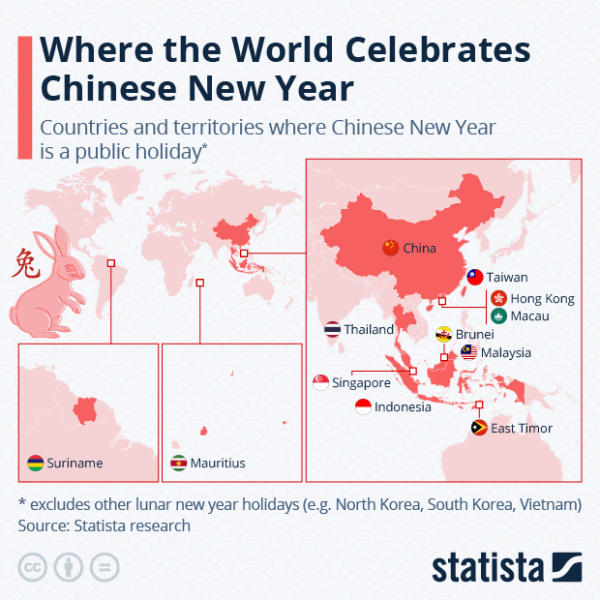 via Statista
via Statista
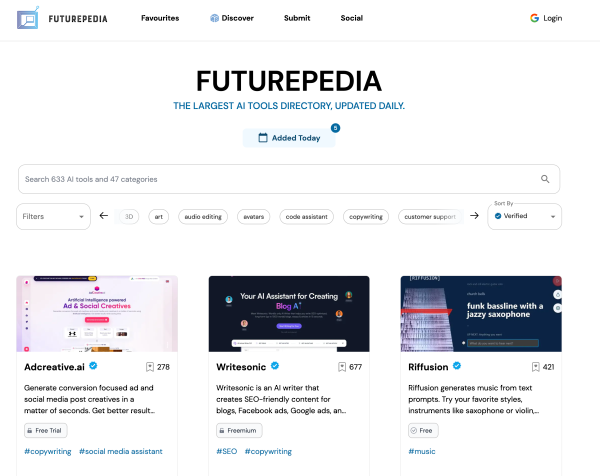
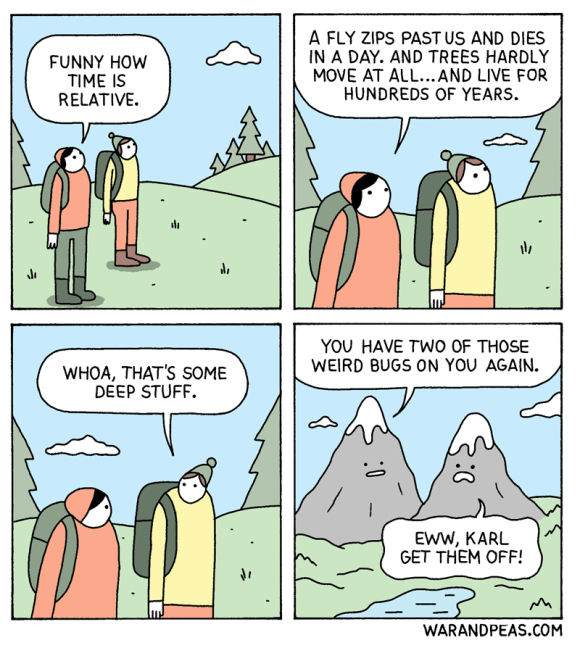 How can you maximize the time you have left? Fill it with the best experiences, activities, and people you can.
How can you maximize the time you have left? Fill it with the best experiences, activities, and people you can.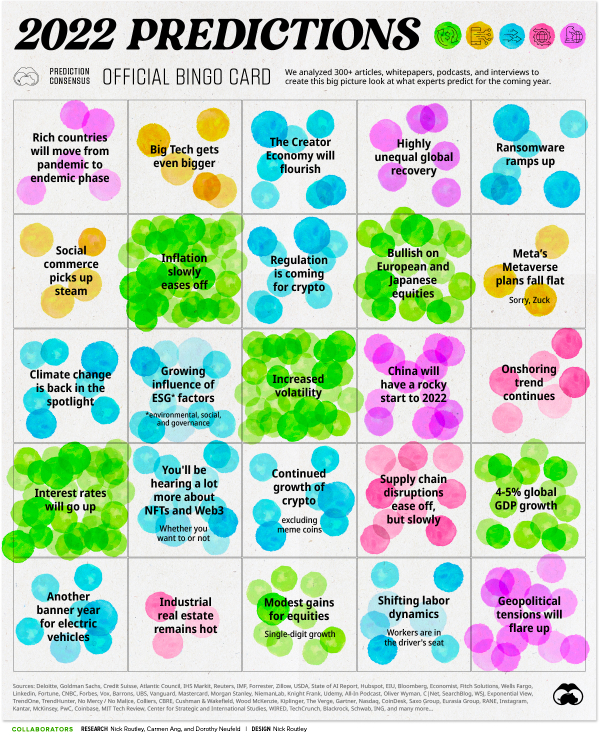
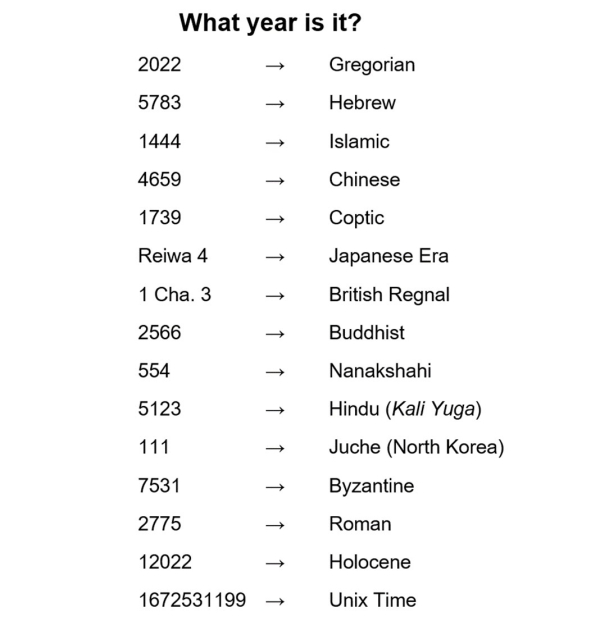 Like most things, time is relative. It can seem to go fast, it can seem to go slow … sometimes it seems like it stands still. It's a matter of perspective. As we just saw, so is the calculation of what year it is. But, so too is the perspective of what you pay attention to, what you make it mean, and what you choose to do. There's no absolute "right" – only a seemingly endless stream of choices and opportunities.
Like most things, time is relative. It can seem to go fast, it can seem to go slow … sometimes it seems like it stands still. It's a matter of perspective. As we just saw, so is the calculation of what year it is. But, so too is the perspective of what you pay attention to, what you make it mean, and what you choose to do. There's no absolute "right" – only a seemingly endless stream of choices and opportunities.